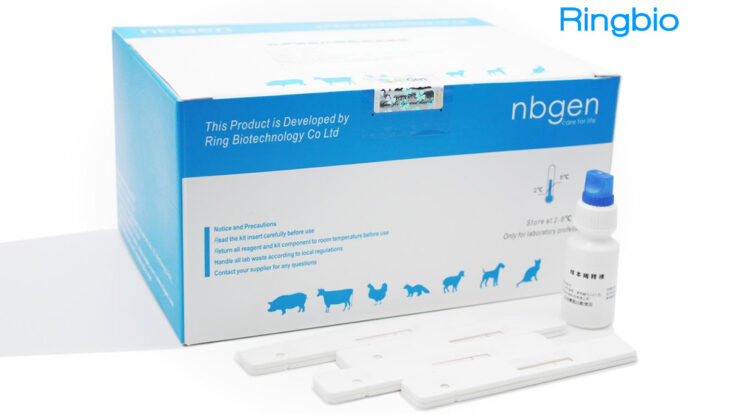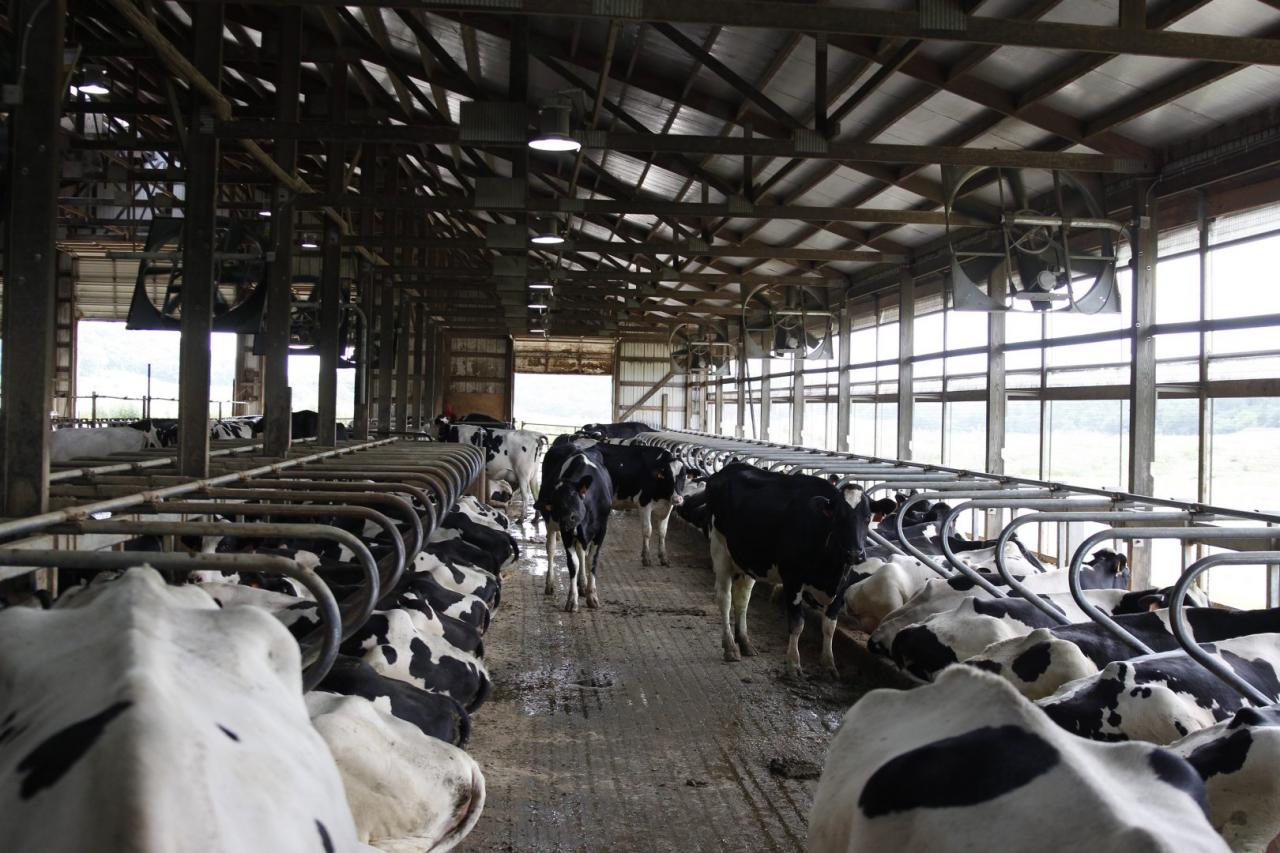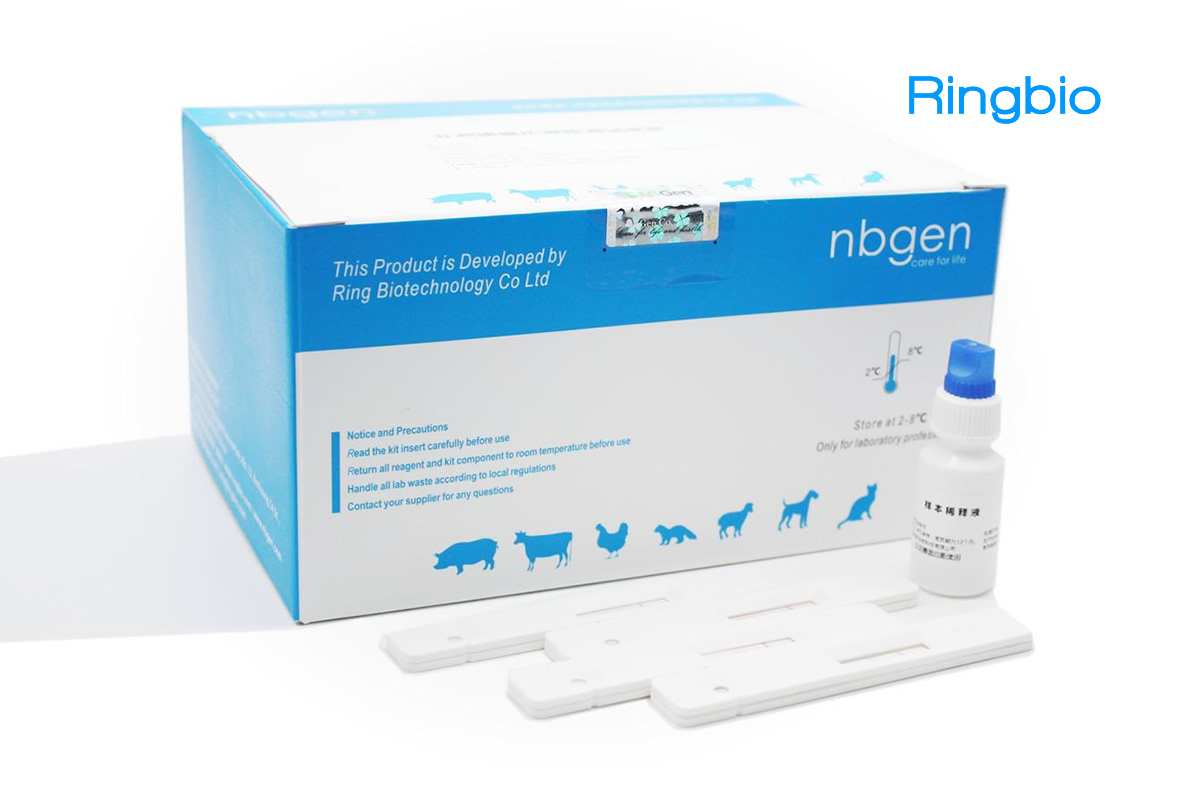
H5N1 in milk has emerged as a significant concern, raising questions about the safety of milk consumption and the potential public health risks associated with this virus. This article delves into the prevalence, transmission, detection, control, and public health implications of H5N1 in milk, providing insights into the ongoing research and challenges in managing this issue.
H5N1 in Milk: An Overview

H5N1, a highly pathogenic avian influenza virus, has raised concerns due to its potential presence in milk. The virus can infect poultry and pose a risk to human health through direct contact or consumption of contaminated products, including milk.
Data from various regions indicate that H5N1 has been detected in milk samples, highlighting the need for understanding its prevalence and distribution. Studies have shown that H5N1 can survive in milk for extended periods, posing potential risks to consumers.
Transmission and Prevention
H5N1 can be transmitted to milk through infected poultry or their secretions. Infected birds may shed the virus in their saliva, feces, or respiratory droplets, which can contaminate milk during milking or processing.
- Key factors contributing to H5N1 spread in milk include poor hygiene practices, inadequate biosecurity measures, and lack of proper storage and handling.
- Best practices for prevention involve implementing strict biosecurity measures on poultry farms, regular testing and monitoring of flocks, and maintaining sanitary conditions during milk production and handling.
Detection and Diagnosis
Detecting H5N1 in milk is crucial for timely response and control. Various methods are used, including:
- Polymerase Chain Reaction (PCR):Amplifies specific viral DNA sequences, providing high sensitivity and specificity.
- Virus Isolation:Isolating the virus from milk samples allows for further characterization and confirmation.
Accuracy and limitations of detection techniques vary, emphasizing the need for proper sample collection, handling, and interpretation of results.
Control and Management
Controlling and managing H5N1 outbreaks in milk production systems involve a multifaceted approach:
- Vaccination:Vaccinating poultry flocks helps reduce virus shedding and transmission.
- Biosecurity Measures:Implementing strict biosecurity measures on farms, including isolation of infected birds, disinfection, and restricted access, is crucial.
- Surveillance:Regular monitoring and surveillance of poultry flocks and milk production facilities allow for early detection and prompt response.
Challenges and limitations in H5N1 control include the potential for virus mutation, environmental factors, and economic constraints.
Public Health Implications
H5N1 in milk poses potential public health risks, as humans can become infected through consumption of contaminated milk.
Measures to protect consumers include:
- Pasteurization: Heat treatment of milk kills H5N1 and other pathogens.
- Surveillance: Monitoring milk production and distribution systems helps prevent contaminated milk from reaching consumers.
- Consumer Education: Raising awareness about H5N1 and its potential transmission through milk is essential.
Research and Development, H5n1 in milk
Ongoing research efforts focus on understanding H5N1 in milk, developing improved detection methods, and exploring preventive measures.
- Studies aim to determine the survival and transmission dynamics of H5N1 in milk under different conditions.
- New technologies, such as biosensors and rapid diagnostic tests, are being developed to enhance detection sensitivity and accuracy.
- Research also explores the potential of alternative disinfection methods and improved biosecurity practices to mitigate H5N1 contamination in milk production.
Final Thoughts

Understanding H5N1 in milk is crucial for safeguarding public health and ensuring the safety of milk production systems. Through ongoing research, surveillance, and preventive measures, we can mitigate the risks associated with this virus and protect consumers from potential exposure.






